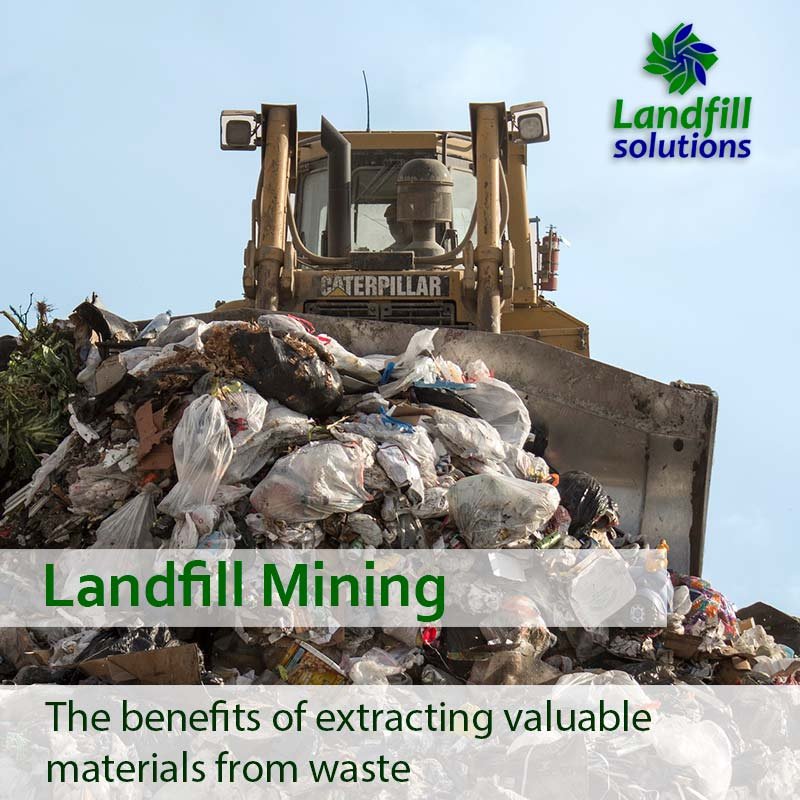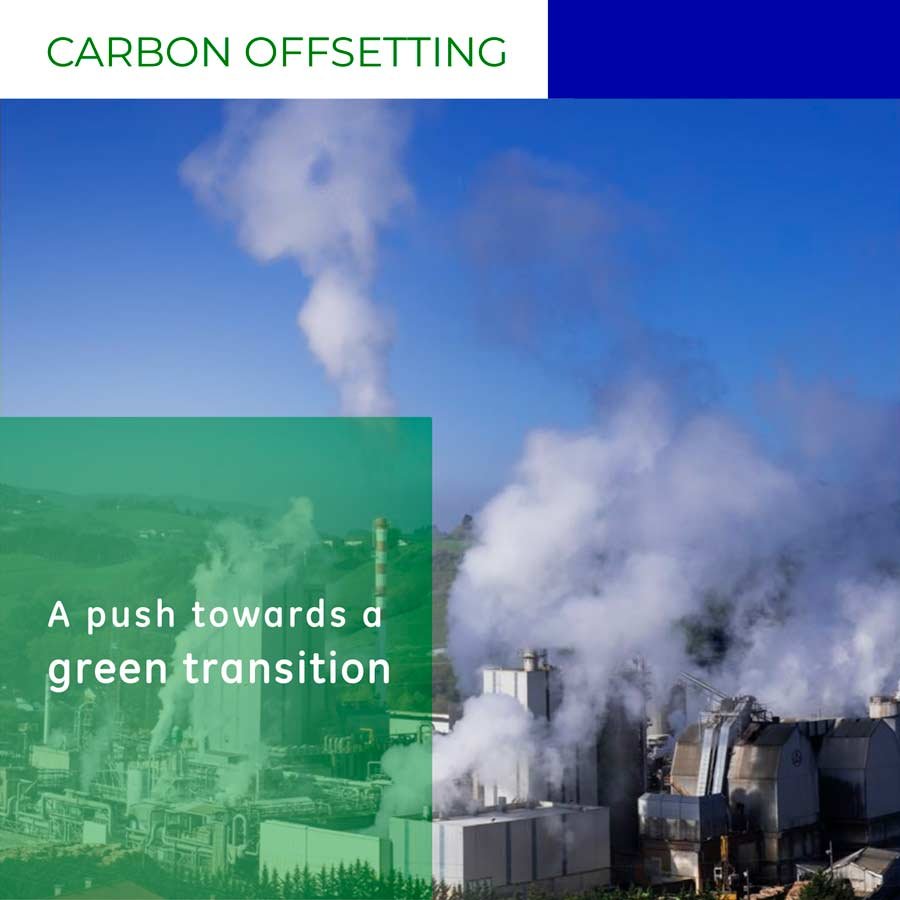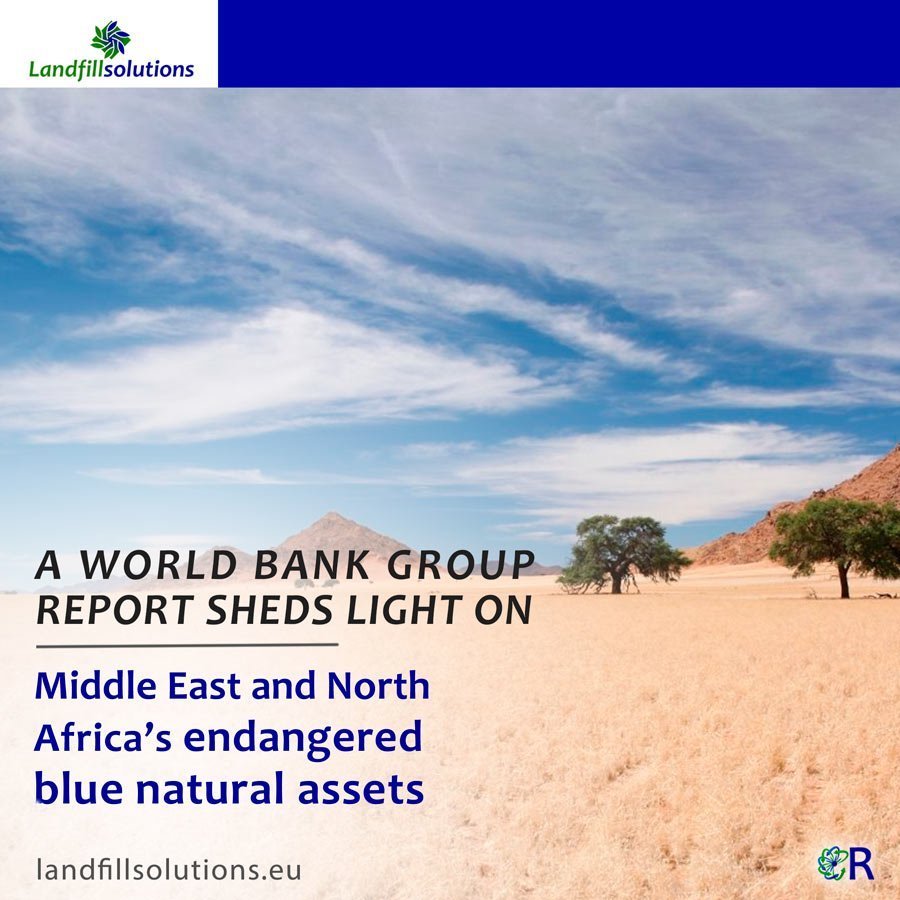Landfill mining consists of excavating active or closed landfills to reduce the environmental impact. According to the European project, New-Mine, there are between 150,000 and 500,000 landfills in Europe. Moreover, 90% of these landfills are not sanitary. In other words, they do not meet the necessary conditions to protect the environment.
Besides that, non-sanitary landfills pose a serious threat. Without proper sealing measures, landfills generate flammable gases, volatile organic compounds (VOCs), and leachate that seep into soils and contaminate water and farmland. Therefore, landfill mining is a solution to prevent future environmental hazards and remediation costs.
What is landfill mining?
Landfill mining is defined as the integrated value recovery of waste streams as materials and energy. It involves both industrial waste and municipal solid waste (MSW). It is also known by the acronym ELFM (Enhanced Landfill Mining). In summary, the concept considers both active and inactive landfills as a source of secondary raw material.
It is a complex process that requires specific machinery to optimize the fractions. In many cases, the complexity of the process depends upon the type of landfill, the material, and the moisture content of the material. This usually requires machinery such as:
- Excavators
- Ballistic separators
- Conveyor belts
- Front-end loaders
- Odour control systems
Currently, two main European projects are exploring the possibilities that landfill mining can offer. These are ETN NEW-MINE (for MSW) and METGROW+ (for industrial waste).
What are the benefits of landfill mining?
Landfill mining is an excellent opportunity to prevent remediation costs, reclaim disposable land and recover valuable resources. As mentioned above, landfill mining aims to find a solution to the problem of non-sanitary landfills while taking advantage of the resources that landfills can offer. In this way:
1. Prevents environmental catastrophes
Despite the efforts of the European Union, there are still places in the world where garbage is dumped without control. That is the case in many low-income countries where, according to World Bank data, they dump or burn more than 90% of garbage. In addition, illegal dumping entails several environmental hazards.
First of all, the toxic substances released by landfills seep into the water and soil. Secondly, landfills produce methane gas. Methane gas is a powerful greenhouse gas (GHG) as well as a highly flammable substance. Frequently, it is a source of wildfires. Thus, landfill mining is essential to protect the environment.
2. Helps to finance remediation costs and reclaim land
Remediation costs due to the impact of non-sanitary landfills are extremely high. For example, it cost the public waste management agency of the Flemish region, OVAM, 80 million euros to excavate and move its hazardous waste between 1993 and 2001. This price is, for most countries, prohibitive. In fact, it can take more than 80% of the project budget.
Hence, landfill mining helps to reduce remediation costs by recovering the excavated materials. These materials can be recycled or recovered as energy sources such as synthetic gas or valuable minerals. Landfill mining also helps to reclaim the land that would otherwise take decades to recover.
3. Solves raw material and energy resource supply problems
Landfill mining is emerging as a key part of the circular economy. There is a growing need for solutions that solve resource depletion and shift towards sustainability. Metals especially are becoming increasingly scarce. Thus, mineral recovery from industrial waste helps to develop clean technologies. For instance, it plays an important role in the manufacture of photovoltaic cells, electric cars, or wind turbines.
Landfill mining is also relevant for resource recovery from municipal solid waste (MSW). In this case, the goal is to separate waste into recyclable and fuel materials. These recyclable materials include glass, plastics, metals, and aggregates, as well as refuse-derived fuels (RDF). Likewise, the recovery of refuse-derived fuels (RDF) is vital today as a potential alternative energy source. Using the current waste-to-energy technologies, it is possible to obtain high value-added fuels from RDF.
5 benefits of landfill mining ✔ Prevents environmental catastrophes and remediation costs. ✔ Reclaims disposable land. ✔ Promotes material savings and a circular economy. ✔ Produces alternative energy sources. ✔ Recovers highly valued minerals and metals for industries. |
Transformation of refuse-derived fuels (RDF) with REVALUO
REVALUO, the low-carbon waste-to-energy system, processes refuse-derived fuels (RDF) from landfill mining into different forms of fuel sources. Synthetic gas, fuel bunker <1% sulfur, coke, and thermal energy are just some examples. In addition, the system uses THERMOLYSIS, a thermal treatment for waste that produces near-zero emissions. Less than 4g/h per tonne of waste*.
Learn more about our treatments and by-products obtained.



